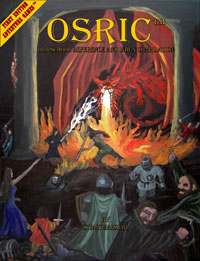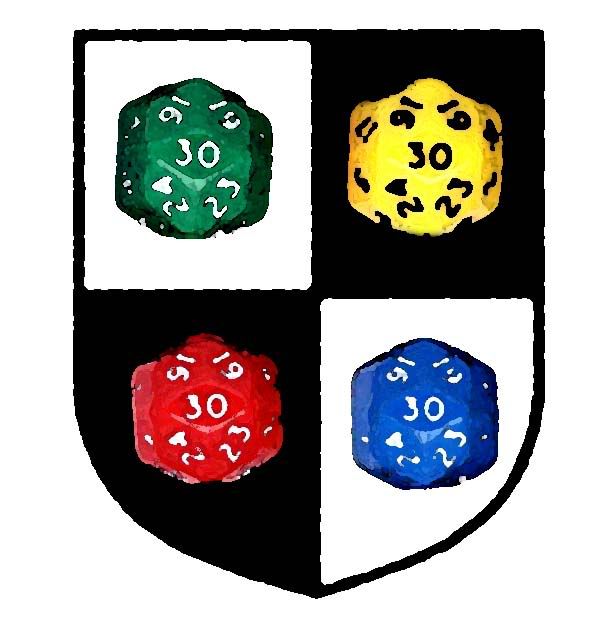- Allakee Playtest: This is my current RPOL (an online service that allows Play-by-Post games) game. I'm playtesting Allakee, the module I'm writing for OSRIC. It's a bit like Hommlet, except it doesn't fit into a certain storyline (like the Temple of Elemental Evil does). The characters are currently investigating an abandoned tower (play-by-post moves very slowly).
- Morgansfort: This is a one player, one DM BFRPG game with one of my friend's children (a fourth grader). We're playing through the Old Island Fortress at the moment, and it's about half cleared out. Recently, the player collected some giant bee honey and sold it in Slateholm, which I thought was a great opportunity to introduce a merchant that plays a part in the Cave of the Unknown.
- The Chaotic Caves: This was originally a one-off of the BFRPG homage to Keep on the Borderlands, but I've introduced it whenever I have some D&D players over my way.
Also, here are a few that I have DMed before:
- White Plume Mountain: Our group (middle school) played through this recently, and it was a blast! They got all three weapons, and... killed the owners. What an anticlimax. Of course, I made a mistake and allowed the Plaldin to play Lawful Stupid...
- The City of Kobolds: An entire villiage was captured and taken into the Underdark by kobolds! The players fouught their way out in a gladitorial exacution, taming a Learnan Hydra along the way, and were about to regin the surface world with what was left of the village, when the game died out.



